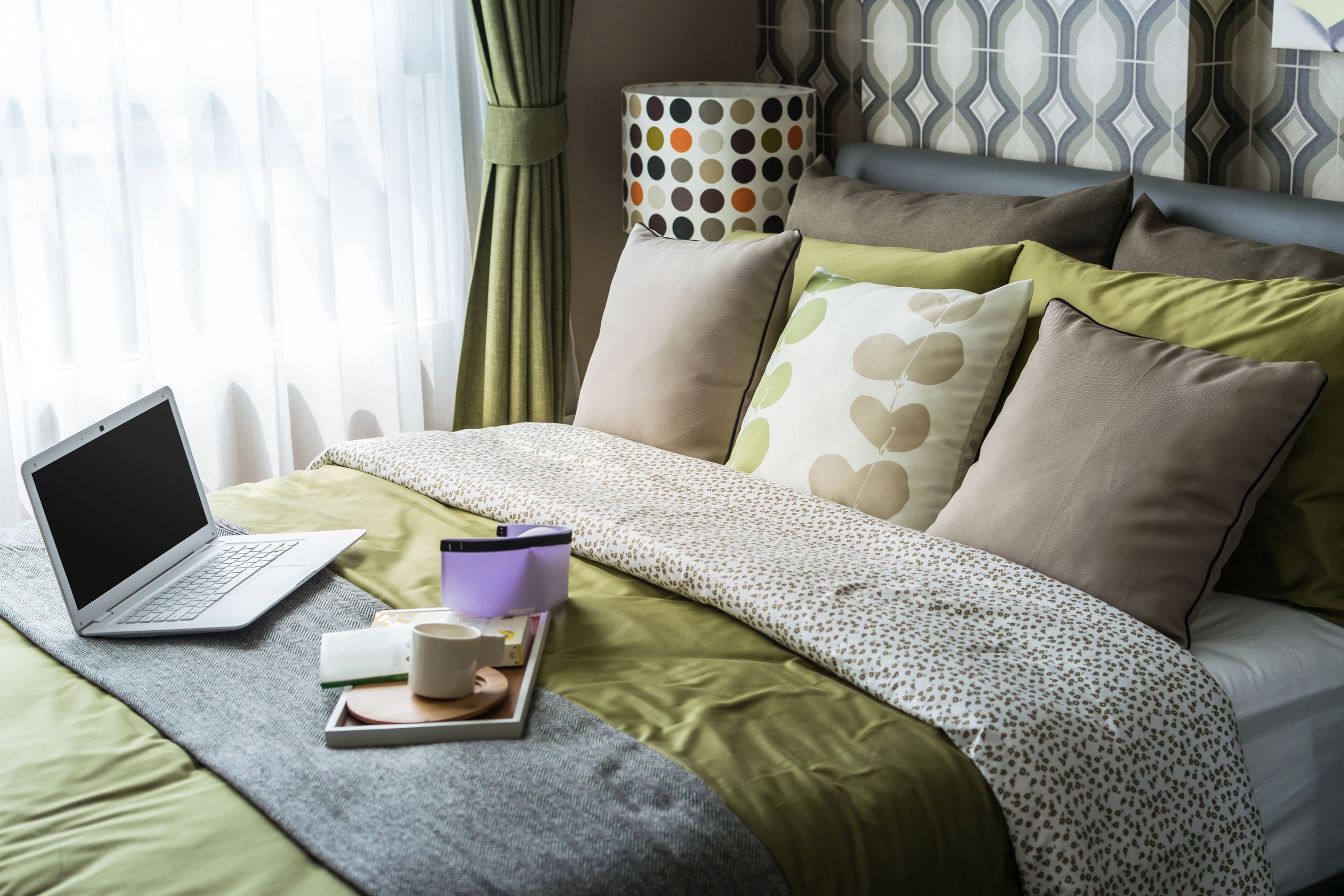Unpakt asked the fine art and antique experts over at Lofty to shed some light on how to properly care for your valuables. See their tips below, and be sure to check out the Lofty blog for more art, antique, and appraisal advice!
From Left to Right: Royal Vienna Polychrome Painted Parcel Gilt Porcelain Urn, Pair of “Old Paris” Porcelain Vases, Italian Majolica Ewer Form Vase
When it comes to your belongings, it’s no surprise that some items are more fragile than others. Fine art, jewelry, and other antiques require careful handling, as well as proper storage and maintenance, in order to remain in pristine condition. Whether you’re a seasoned art collector or you’ve just inherited a set of your grandmother’s antique china, here are a few tips to keep your valuables safe for years to come.
Image Left: William Tomkins, English Farmstead, 18th century, Image Right: Continental School, Mid-19th Century, Landscape with Castle
-
Handle the artwork as little as possible
Finger oils can also damage artwork by leaving smudges and oily residue. Especially when caring for prints, you can greatly reduce the risk of creases, bends, or smudges by carrying paper by the two corners or supporting from underneath, rather than pinching it.
-
The storage environment matters
An artwork in storage should always live in an environment that is consistent and stable. This means that the relative humidity and temperature should not vary drastically from day to day and that the air quality should be good–indicating a minimal amount of dirt, dust, or other contaminants.
-
Works on paper and paintings are extremely sensitive to light
Prolonged exposure to natural light can cause fading and loss of sheet integrity. If you will be displaying your collection, make sure that your items are framed and under glass that will filter out harmful UV ray.
-
Only lean canvases against a flat surface
This may seem obvious, but leaning the front or back surface of a stretched canvas on a sharp or pointed object, no matter how small, will leave a dent that could damage the art. If you lean it against anything lean it on the wood of its stretcher bars so nothing presses against the canvas.
-
Utilize storage facility options
If the collection is beginning to outgrow your space, you may even want to consider moving it to a dedicated art storage facility. When researching a storage facility, make sure to take the following into consideration: cost to view the item once it is stored, extra fees, and how you will be billed as well as the types of fire suppression and natural disaster plans that the facility has in place.
-
Store glassware in dry, dust, and pest-free environments
Whether it be everyday glassware, from all-purpose drinkware to casual stemware, or a more delicate glass, the best thing you can do is to store it in the right environment. This also means there should be breathing room for the glassware to prevent scratches and accidental breakage.
-
Keep original packing materials
For any art, but especially glassware or porcelain, original packing materials can be very useful for safe packing when transporting works or even just storing them.
-
Wear your jewelry often
This is an easy one to make a habit of. You can avoid tarnish by wearing your jewelry often because the oils in your skin will “clean” the silver and keep it looking shiny. Remember though, contact with household chemicals, perspiration, rubber, chlorinated water, or any substances which contain sulfur, will cause corrosion and tarnish, so it’s a good idea to remove silver jewelry when doing household chores.
-
Start from the top down when cleaning porcelain
Remove dust and dirt from a porcelain piece by starting from the highest point and working your way down, using a dry, soft brush.
-
Always keep good records of your collection
Whether your collection is just starting off or already established, it is important to keep the artwork well organized, no matter what the medium.
Lofty is an expert-reviewed, online marketplace revolutionizing the way we buy and sell valuable fine art, antiques, and collectibles. Each Lofty item is reviewed and valued by Lofty’s carefully selected network of experts, which includes qualified appraisers, current and former auction house specialists, reputable dealers, and other art world professionals with decades of experience evaluating items in their specialties. We believe buying art and antiques should come with complete peace of mind, and stand behind this commitment with a 5-year authenticity agreement and a Lofty Promise–exceptional customer service and a commitment to finding a buyer for your item.









